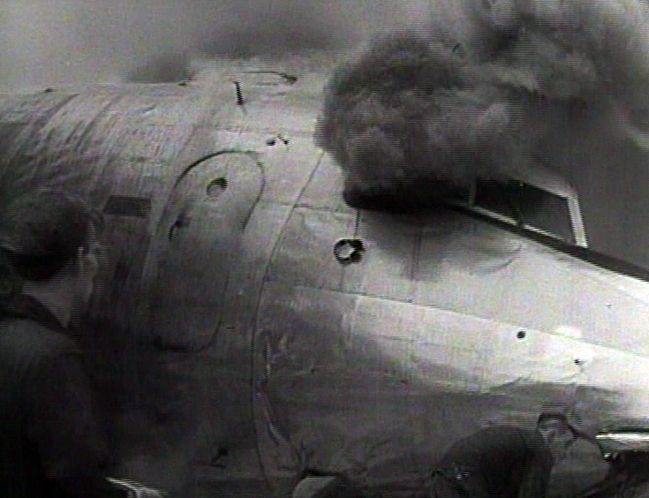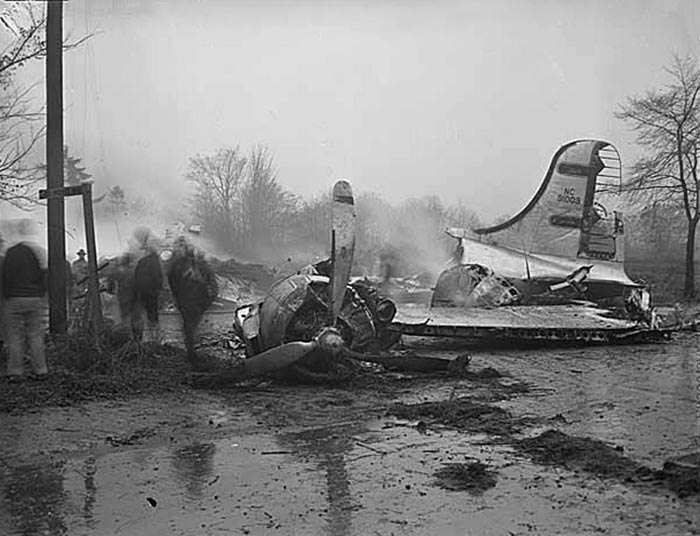Crash of a Douglas C-54A-15-DC Skymaster in Santa Maria
Date & Time:
Sep 22, 1948
Registration:
XA-GUU
Survivors:
Yes
Schedule:
Madrid – Santa Maria – Mexico City
MSN:
10390
YOM:
1944
Crew on board:
9
Crew fatalities:
Pax on board:
35
Pax fatalities:
Other fatalities:
Total fatalities:
0
Circumstances:
Just after liftoff from Vila do Porto Airport (Santa Maria Island), while in initial climb, the aircraft suffered a loss of power on one engine. It stalled, hit the runway surface and came to rest. There were no injuries among the 44 occupants but the aircraft was considered as damaged beyond repair. The four engine aircraft was performing a flight from Madrid to Mexico City with an intermediate stop in Vila do Porto.
Probable cause:
Loss of engine power on takeoff.













